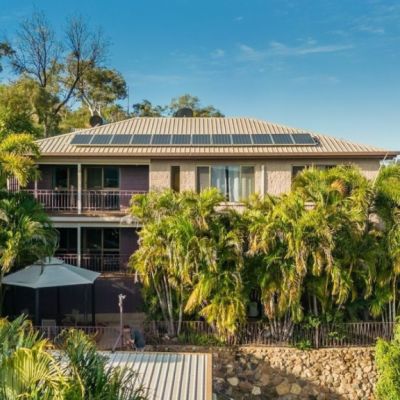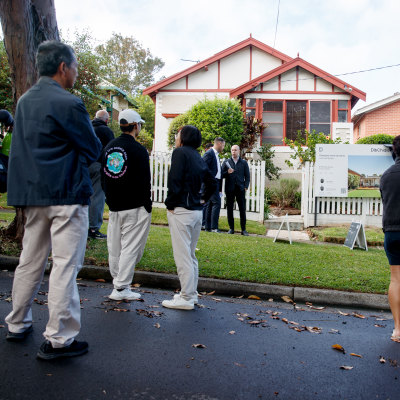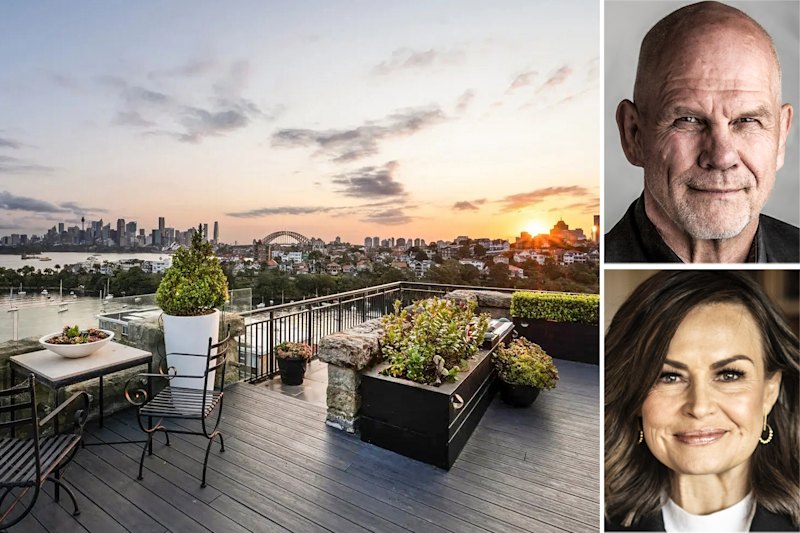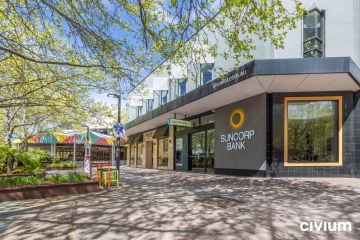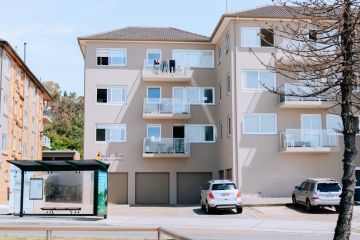Why downlights are making you colder and your split system less effective
Older-model downlights can make ceiling insulation almost half as effective, sustainability experts warn, which makes homes colder and increases energy consumption.
Incandescent downlights, which are no longer widely used, cannot be installed too close to insulation because of the risk they could cause a fire because of the heat they produce. Some, but not all, LED downlights can be covered by insulation.
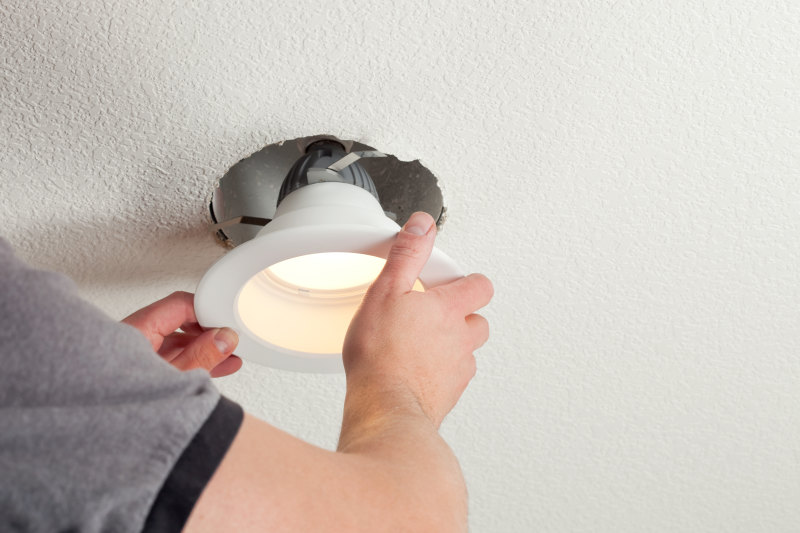
The small gaps in ceiling insulation needed to safely install downlights can greatly reduce the effectiveness of the insulation, sustainability design firm F2 Design’s Dr Tim Adams said. In some cases, rooms with a high number of downlights would have such poor thermal performance that they would not be allowed to be built today.
“If you had a bedroom that was four metres by four metres, and you had four downlights in there which would be one downlight per square metre, it would potentially cause a situation where … it’s deemed beyond reasonable,” he said.
Adams said the design flaw could be present in thousands of homes across the country.
“There’ll be lots. When the six [NatHERS] star standard was implemented back in 2010, the state government in Victoria did a regulatory impact statement. In their statement, they judged that the housing that was built at that time by volume builders was averaging about 2.5 stars.
“That was housing being built this century. Going back to anything from last century, it’s likely to have all sorts of detrimental features in it.”
Incandescent downlights were at times installed with a small gap between them and the ceiling to allow air to flow past them to keep them cool. This had the unintended effect of making homes cool faster in winter, as rising hot air could escape through the gaps and into the roof cavity, Adams said.
He said something as simple as an incense stick could help identify this issue. “You can take an incense stick with smoke coming off it to see how the smoke moves,” Adams said. “Test it on a cold day when you have heating on in the room. Therefore, hot air will be rising and if you have a leaking fitting the air should flow through it.”
RMIT associate professor in the School of Property, Construction and Project Management Trivess Moore agreed the problem would be widespread and said it would go largely unnoticed by homeowners. “It’s a significant issue and no one can really tell what’s going on in their ceiling which is part of the issue,” he said. “If you don’t have a thermal camera or go up in your ceiling you don’t know what’s up there.”
Moore said insulation which wasn’t working as effectively as it would affect the performance of other heating features in a home, such as split systems, and was leading to a lack of trust in energy efficiency features in homes.
“One of the challenges we’re seeing across the industry is a lack of trust on what’s been delivered,” he said. “It works, it’s just not installed properly.”
Adams said that trades work done in a roof cavity could also unintentionally displace previously installed insulation, as many tradies weren’t aware of the importance of the energy-saving feature.
Split systems won’t work as well in uninsulated rooms because warm air which leaves the appliance can be rapidly cooled by coming into contact with cold walls, floors and ceilings, and leads to a “wind chill” effect inside the home.
Associate professor in architecture at the University of South Australia Lyrian Daniel said the majority of Australian houses were poorly suited for both cold and hot weather.
“Most of us haven’t lived in a well-insulated house before,” she said. “We don’t actually know what it means to live in a comfortable well-insulated house and what that feels like.”
Daniel said many Australians thought of thermal comfort as a luxury that could help drive down energy costs, and not as an important feature for the health of a home’s occupants.
“The World Health Organisation recommends a minimum indoor temperature of 18 degrees through the winter and that’s for healthy adults. For [vulnerable people] that temperature needs to be higher,” she said.
“It’s not a luxury, it’s really important for our own health and well-being to try to minimise the stress put on our health system as well. One piece of research found that four in five homes were too cold by those WHO standards.”
Adams said homeowners concerned about the performance of their insulation should speak with a sustainability consultant, and recommended hiring an electrician to replace outdated light fittings.
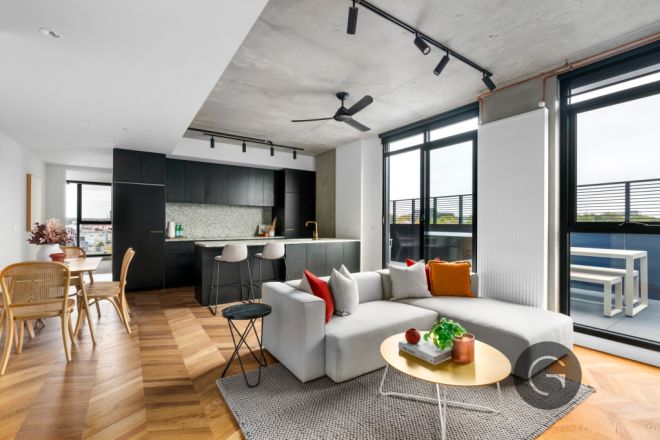
We recommend
We thought you might like
States
Capital Cities
Capital Cities - Rentals
Popular Areas
Allhomes
More
